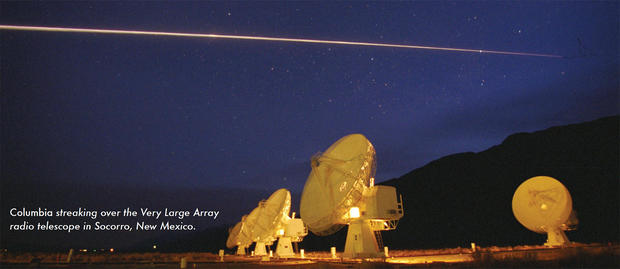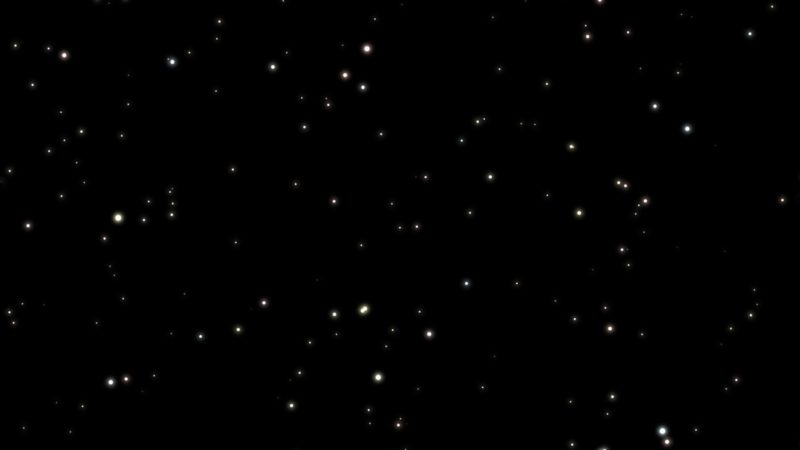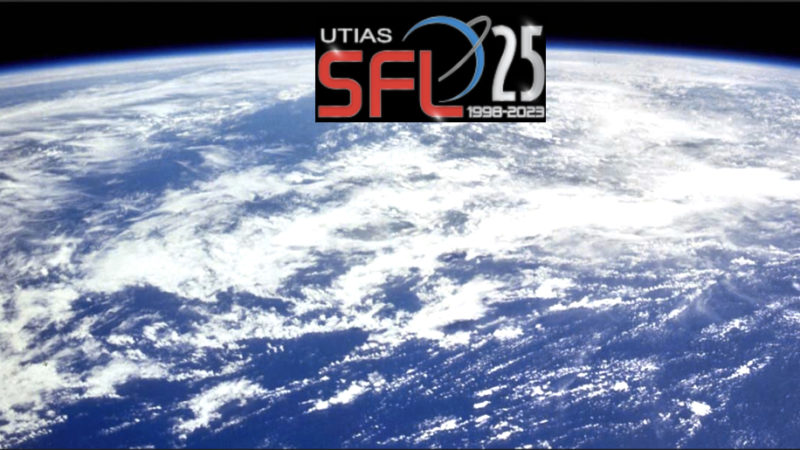Rocket Report: Astra nearing first launch, Starship may soon roll to pad – Ars Technica
Welcome to Edition 2.33 of the Rocket Report! There is a lot of exciting news this week, both with very small rockets as well as SpaceX’s Starship getting closer to launch. In fact, Astra may launch as early as next Tuesday.
As always, we welcome reader submissions, and if you don’t want to miss an issue, please subscribe using the box below (the form will not appear on AMP-enabled versions of the site). Each report will include information on small-, medium-, and heavy-lift rockets as well as a quick look ahead at the next three launches on the calendar.

Rocket Lab nabs lunar mission. For a fixed price contract worth $9.95 million, Rocket Lab has reached a deal with NASA to launch the Cislunar Autonomous Positioning System Technology Operations and Navigation Experiment CubeSat to the Moon. This CAPSTONE mission is targeted for launch in early 2021. “This mission is all about quickly and more affordably demonstrating new capabilities, and we are partnering with small businesses to do it,” said Christopher Baker, a NASA official.
That’s quite a deal … I don’t care who you are, or how small your payload is, spending less than $10 million for a ride to the Moon is quite a deal. It won’t be particularly fast, as the mission will require three months to reach a halo orbit around the Moon. But this is a nice coup as small-satellite launch vehicles look to play a part in the exploration of the Solar System and broaden their mandate beyond low Earth orbit. (submitted by Unrulycow, platykurtic, and Ken the Bin)
Astra may launch next week. In a call with reporters, the program manager of DARPA’s launch challenge said Astra will be able to launch two orbital rockets from the Pacific Spaceport Complex Alaska on Kodiak Island and still claim the $10 million prize. Todd Master said dealing with all the hassles associated with launches from widely separated sites “wasn’t really our goal in solving the challenge,” GeekWire reports.
Deadline looming … The DARPA contest requires a company to launch twice within a 14-day window, and Astra says it will launch from separate pads at Kodiak that are about 300 meters apart. Astra has until March 1 to execute the first liftoff to a specified sun-synchronous orbit and is likely to attempt a launch no earlier than February 25. For more on Astra’s ambitions, read here. (submitted by Ken the Bin and Unrulycow)
VSS Unity moves to New Mexico. In what Virgin Galactic described as “another vital step on its path to commercial service,” the company successfully relocated its VSS Unity spacecraft to Spaceport America’s Gateway to Space building. Attached to the carrier aircraft, VMS Eve, the spacecraft made the journey from Mojave, California, where Virgin’s manufacturing facilities are based.
More tests upcoming … According to a news release from the company, the captive carry flight provided an opportunity for engineers to evaluate VSS Unity for more than three hours at high altitude and cold temperatures, a longer period of time than is experienced during missions to space. These environmental evaluations of system performance are difficult to replicate at ground level. The company said it plans additional test flights from New Mexico but did not say when commercial service will begin—although presumably this will happen some time in 2020.
Rocket Crafters suffers engine-test anomaly. The Florida-based engine company conducted a test last week that resulted in a mishap sending debris flying, News 6 reports. The over-pressurization anomaly started several small brush fires that were put out by the Cocoa Fire Department. No one was injured.
Dangerous plastic … Rocket Crafters is seeking to develop a hybrid rocket engine that uses a 3D-printed solid-fuel grain that is advertised as burning “smoothly and reliably every time.” Pieces of plastic debris from the anomaly produced two large holes in the roof of the building where the test occurred. (submitted by Ken the Bin)
Michigan promotes Lake Huron launch site. A state task force selected a facility on the shores of Lake Huron, Wurtsmith Airport, as its candidate to become a horizontal launch facility, the Detroit Free Press reports. The selection of Wurtsmith, which stopped operating as an Air Force base in 1993, was announced Tuesday at the state Capitol by a group of lawmakers and the Michigan Aerospace Manufacturing Association.
More funding needed, though … The state authorized $2 million to conduct a feasibility and site selection study on the project, but no money was included in the 2021 budget proposed by Gov. Gretchen Whitmer earlier this month. While the $2 million was earmarked and spent for the study, more state money will be needed if the project moves forward. (submitted by Ken the Bin)

Crew Dragon may fly space tourists. Space Adventures announced an agreement Tuesday with SpaceX to fly up to four paying space tourists on a standalone mission aboard a Crew Dragon spacecraft in late 2021 or 2022. They could reach an altitude two- to three-times higher than the International Space Station. Space Adventures is in discussions with several potential customers, but the company does not expect any firm commitments from paying passengers until after Crew Dragon’s first flight with astronauts.
All things considered, the price is not that high … The free-flyer mission would last up to five days after launching on a Falcon 9 rocket from Cape Canaveral, Spaceflight Now reports. The passengers would undergo a training period of a few weeks in the United States, and the mission likely would be autonomous. Eric Anderson, chairman of Space Adventures, suggested on Twitter that the price per seat could be less than $50 million. (submitted by Ken the Bin, Unrulycow, and platykurtic)
SpaceX misses a drone-ship landing. The launch of a Falcon 9 rocket proceeded normally on Monday morning, but just when the first stage was due to land on the Of Course I Still Love You droneship, the rocket did not appear. Later, the company confirmed that the first stage made a “soft landing” in the water near the drone ship, Ars reports.
Just missed 50th landing … The primary mission to launch 60 Starlink satellites into low Earth orbit was entirely successful. However, SpaceX has gotten so good at the remarkably difficult task of landing orbital rockets on a drone ship that we take it for granted. Had this landing been successful, it would have been the 50th overall first-stage return by SpaceX.

Blue Origin opens BE-4 engine factory. On Monday, Blue Origin formally opened a factory that the company plans to use to produce engines both for its vehicles and for United Launch Alliance’s Vulcan rocket, SpaceNews reports. The 350,000-square-foot factory will produce BE-4 and BE-3U engines. Built in a little more than a year, the facility will eventually host more than 300 employees and produce up to 42 engines a year.
Now you just need a rocket … Completion of the factory is just one of many milestones for Blue Origin this year, Chief Executive Bob Smith said. Another major construction project, Launch Complex 36 at Cape Canaveral Air Force Station in Florida, will be “mostly done” this year. That site will host New Glenn launches that the company now expects to begin in late 2021, according to a fact sheet. We’d bet on 2022 at the earliest for that launch. (submitted by Ken the Bin and Unrulycow)
Starship may roll to the launch pad soon. SpaceX teams have begun stacking Starship SN1 in Boca Chica, Texas, NASASpacelfight.com reports. The rocket is gearing up for its first flight, which will see the vehicle fly to around 20 kilometers in altitude and then propulsively land back at the launch facility. Under the most aggressive timeline, the complete Starship could be stacked and moved to a nearby launch pad by the end of the month.
A springtime launch? … If all goes well, a static fire of the SN1 vehicle’s three Raptor engines could then occur in early March, potentially setting the stage for the 20km hop within a few weeks of the static fire. The company has yet to receive a launch permit from the Federal Aviation Administration. (submitted by Unrulycow)
Russian heavy-lift rocket to make second launch. According to the Russian news agency, TASS, the Angara A5 rocket will take flight during the second or third quarter of this year. The rocket will be delivered to the Plesetsk Cosmodrome north of Moscow later this spring. It has a payload capacity of 24.5 tons to low Earth orbit, or a little bit more than the Block 5 version of SpaceX’s Falcon 9 rocket.
That’s quite a gap … The A5 rocket has an interesting design, with a central core powered by an RD-191 rocket engine (kerosene-LOX, derived from the RD-180), and four boosters arranged around this central core also powered by the same engine. The A5 booster made a successful debut in 2014 but has not flown since, likely due to financial problems with its manufacturer, the Khrunichev Center, which also builds the Proton booster. (submitted by KP)
Los Angeles board approves SpaceX permit. On Thursday, the LA Board of Harbor Commissioners voted to approve a new permit for SpaceX to lease facilities and land at the Port of Los Angeles to establish and re-purpose facilities there for its Starship factory. The deal still needs approval from the LA City Council, which is scheduled to take up the matter next week, the Los Angeles Times reports.
Starship shipping … “I’m really excited to see what SpaceX will be able to bring for the future of not only space exploration and technology in Los Angeles, but also to the Port of Los Angeles,” Board of Harbor Commissioners President Jaime Lee said minutes before Thursday’s vote. SpaceX is likely to build large segments of its Starship vehicles in Los Angeles and complete assembly of the entire vehicle in Texas or Florida before launching.
February 25: Rocket 3.0 | DARPA launch challenge | Kodiak Island, Alaska | 20:30 UTC
March 2: Falcon 9 | CRS-20 mission to supply space station | Cape Canaveral Air Force Station, Florida | 06:45 UTC
March 5: Falcon 9 | Starlink-5 mission | Kennedy Space Center, Florida | TBD







